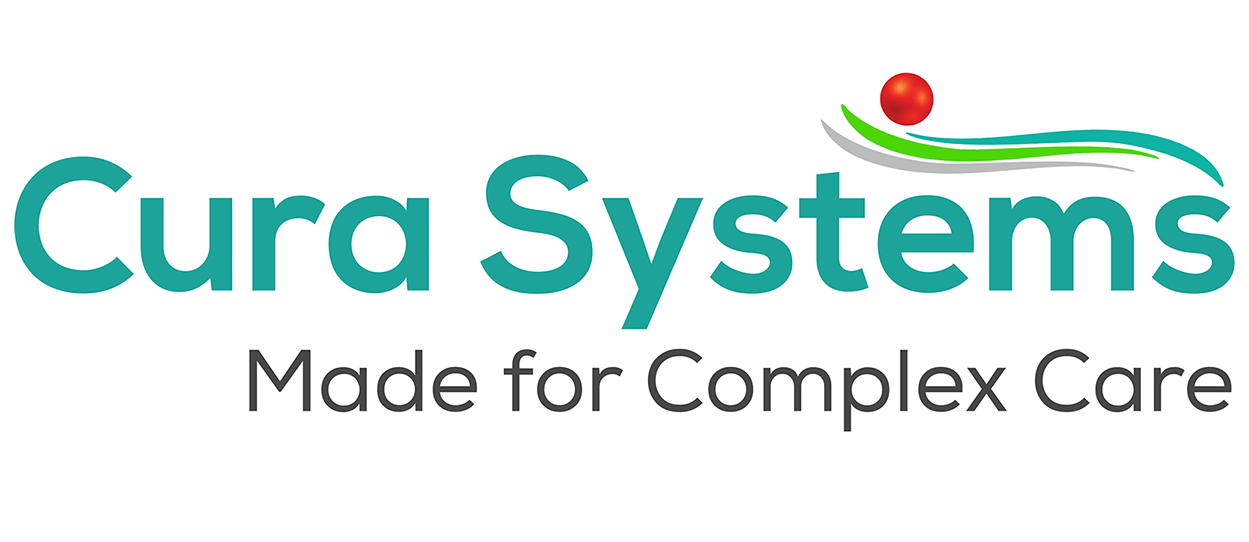Do your Digital Records match the new CQC guide?
How good are your digital care records?
The Care Quality Commission (CQC) recently published a guide that clarifies what good digital records look like. It also covers the commitments CQC makes to support providers’ use of digital record systems and what CQC will look at on inspection.
The guidance states that a good digital record system delivers good outcomes from the point of view of people who use services. These are worded from the perspective of someone using services and are captured by “I statements”. Read more…
Cura Vs The CQC Guide
Sign-up now to download the FREE Guide:
|
I have records that… |
Features in Cura |
| …are person-centred. They describe what is important to me, including my needs, preferences and choices | You can create your own complex care plans and workflow to enable truly person centred documentation, unique and appropriate by different client types, needs and conditions. |
| …are accessible. I can see the information that is important to me, in a way that I choose, and I can understand | An easy to use Tablet shows every detail necessary at the point of care delivery. |
| …are legible. Information about me is recorded clearly and can be easily read by the people who support me | Information wherever entered, is immediately available at the point of care delivery. |
| …are accurate. Information about me is correct and does not contain errors | Cura’s Speech to text data entry – saves time and greatly reduces errors. |
|
...are complete. No relevant or essential information about me missing |
Cura provides up to date access to all service user records in one secure, in a user-friendly way, in one place. |
| …are up to date. They contain the latest relevant and essential information about me | Updating of service user records is done in one system that is accessible to all that need to see and provide support |
| …are always available to the people who need to see them when they need them | All records are instantly available from our secure cloud so that informed decisions can be made. |
| …are secure. My privacy and confidentiality are protected. Only the people who should see my records can see them (records are kept in line with Data Protection legislation, including General Data Protection Regulation (GDPR) requirements) | Cura adheres strictly to data protection regulations. Cura has a highly granulated way of controlling access to data. |
| help the service that supports me to have good quality assurance systems and processes. They help the provider to assess, monitor and minimise the risks to my health, safety and wellbeing. They help the service that supports me to keep improving. | Cura has reminders and alerts that prompt timely care as well as other features that enable delivery of consistent quality of service, such as staff manuals, how-do-I, training records etc. |
Benefits of Cura's Digital Care Record Management System
Cura is at the forefront of technology innovation and transforms caregiving. We support care homes of all types and sizes, and in particular, service providers supporting complex care needs.
We work closely with care-home owners and managers to deliver a fully digital care management system at an affordable cost. Cura helps deliver better quality outcomes by automating more daily tasks for management and caregivers than any other care home software.
Going digital is the only way forward – where the inspector has access to digital records they need not ask for paper records. Inspectors may ask for specific formats where it is necessary for regulatory decision making or enforcement action.
CQC is developing their next five-year strategy from 2021 onwards. This will have a key focus on driving improvement and innovation. That is why Cura is continually developing its products and services to ensure we are futureproofed for our customers – we are committed to caring.
It's time to embrace innovative digital technologies and reap significant benefits! We have the right tools and support to improve CQC ratings. Find out what you have been missing, contact us on 020 3621 9111 or email info@cura.systems to for a chat about what Cura can do for you.





